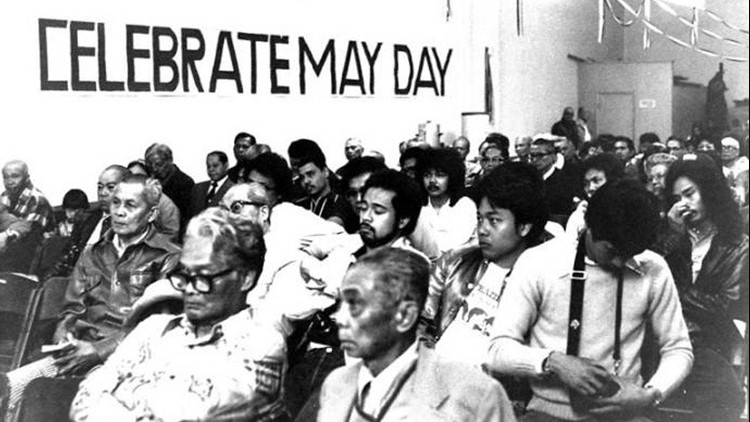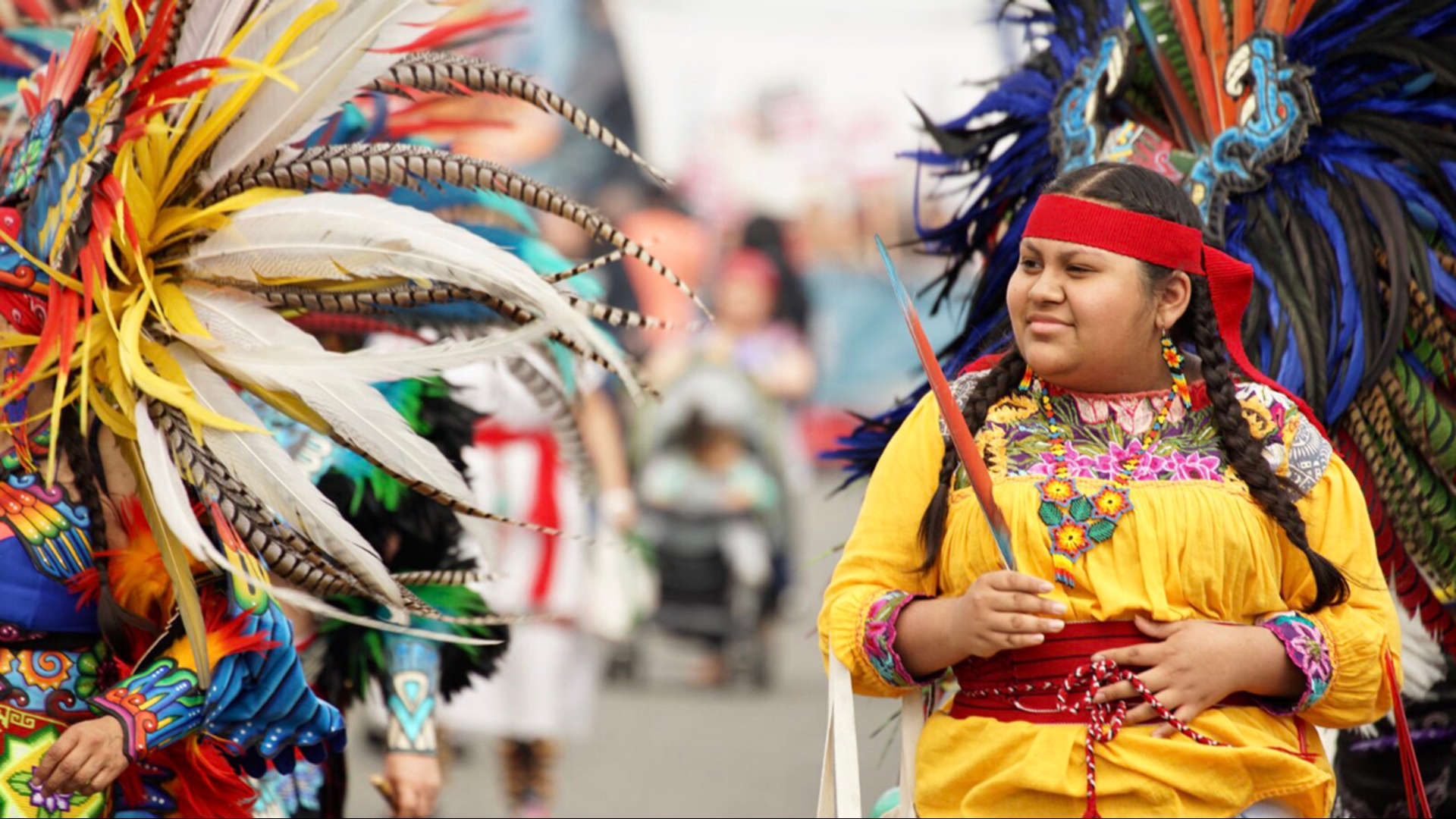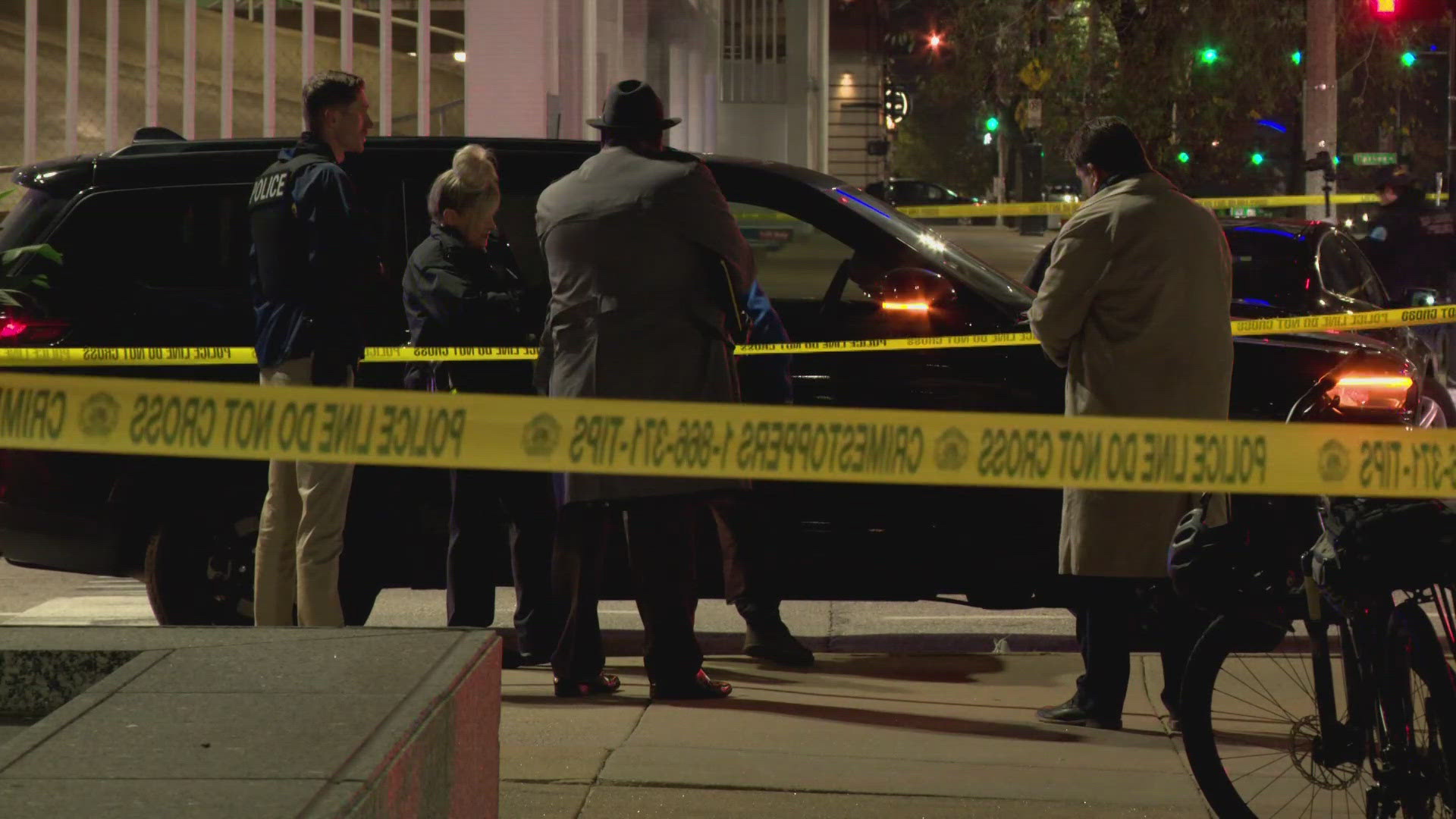SEATTLE — Why do thousands mobilize on Seattle streets on May 1 each year? We have your May Day questions covered.
What is May Day?
Depending on where you live, May Day is either an ancient European spring festival or a day of support for immigrants and workers’ rights.
In most nations, May 1 is an official public holiday known as International Workers’ Day or Workers’ Day. It's basically Labor Day for the rest of the world.
“In some countries, it’s a day of celebration. In other countries and in the U.S., it’s mostly a day of protests and commemoration — remembering the long struggle for rights for working people,” said James Gregory, a history professor at the University of Washington. “This has been a tradition that goes back more than a century.”
Its modern roots worldwide trace back to a string of violent events in Chicago in the late 19th century, as unions pushing for fair working conditions began advocating for the eight-hour workday with strikes and demonstrations nationwide.
What happens on May Day in the U.S.?
While May Day is not recognized as an official holiday in the United States, many treat it as a nationwide day of strike. Thousands turn out for protests and marches in Seattle and other major U.S. cities like Los Angeles, New York, Chicago and San Francisco.
Demonstrations, marches and riots happen globally, too.

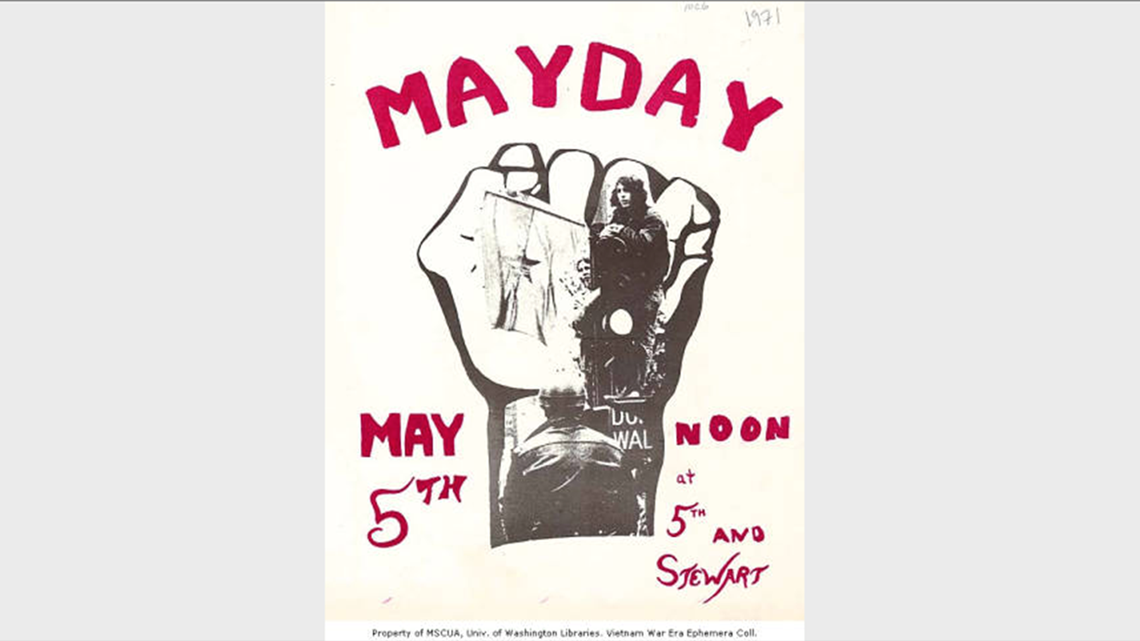
For the last 20 years, the May Day March For Workers & Immigrants Rights has been the largest May Day event in Seattle. May Day marchers meet again in 2021 - there was no march during the COVID-19 pandemic.
Led by El Comité and several labor and immigrant groups, you’ll see thousands of teachers, grocery store clerks, labor workers, immigrants, LGBTQ+ people, women's rights activists and others marching through downtown Seattle.
Other groups, like anti-capitalists, anti-fascists and anarchists, plan their own May Day events, too. They each have their own reasons for observing the day. Those gatherings, which don't have city permits, usually happen at night.
In recent years, chaos and violence have overshadowed peaceful May Day protests that take place during the day. In 2017, the anti-capitalist march in Olympia turned violent. However, marches in 2018 remained mostly peaceful.
How did May Day become a day for labor rights?
May Day commemorates the day that the American labor movement was dealt a severe setback — when the 1886 eight-hour day movement fell apart due to violence in a series of events known as the Haymarket Affair.
On May 1, 1886, hundreds of thousands of U.S. workers went on strike. They were led by ironworkers at the McCormick Harvesting Machine Company in Chicago. The workers demanded an eight-hour day, at a time when a 60-hour workweek was common.
“The slogan was eight hours work, eight hours play, eight hours rest,” said Peter Linebaugh, author of The Incomplete, True, Authentic, and Wonderful History of May Day. “Workers pledged to stop working at the end of eight hours — to put an end to the 12 and 16-hour days."
During the May 1 marches, protests and demonstrations were disrupted by police over the next several days, leading to deaths. On May 4, 1886, demonstrators, led by anarchists, called a mass meeting at Haymarket Square in Chicago to protest what was seen as police brutality.
“These were immigrants. They were socialists. Some were anarchists. Some were bystanders. Many were just outraged at the recent killings, and then someone threw a bomb.” Linebaugh said. “To this day, no one is quite sure who threw that bomb.”
Several police officers and demonstrators were killed in the bombing, which garnered worldwide attention. Seven activists were charged in the bombing, and four of them were hanged.
The incident eventually became the reason why people around the world observe May Day on May 1 — to honor the people who were killed and to rebuild the movement that died in 1886.

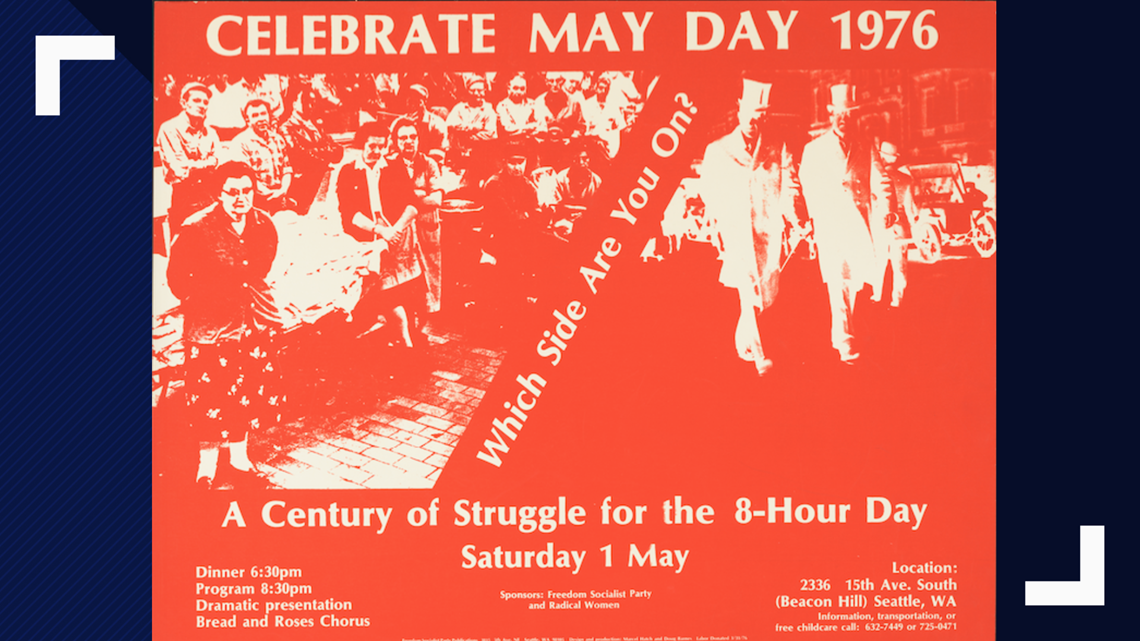
“Starting in the 1890s, there would be marches and people would stop work on May 1," said Gregory, a UW history professor and president of the Labor and Working Class History Association. "This idea pretty much spread around the world. It was in the 1920s, 1930s, 1940s, 1950s that nations started officially making it a holiday,”
The eight-hour movement that began in 1886 finally won its demand in 1938 when the Fair Labor Standards Act became law. But May Day celebrations continued.
“The toil of endless work and the misery of industrial life did not come to an end,” Linebaugh said.
How have May Day celebrations evolved?
May Day parades and marches were common in the early decades of the 20th century, in cities like Seattle and Tacoma, where there were a lot of unions.


“In the state of Washington, there was a very severe struggle for a living wage and safe working conditions in the forest — in the lumber industry,” Linebaugh said.
“Sometimes, the police would try to break up the demonstrations, and there would be conflict,” Gregory said. "They became less common in the 1920s, and then very popular again in the 1930s through the 1940s, and then much more episodic in the 1960s.”
The focus of the demonstrations has shifted throughout the years — from anti-war protests to immigration rights marches — depending on the political climate and the issues at stake for the people who observe May Day.
“In the 1990s, the labor movement itself — in Washington and across the country — began to vigorously endorse immigrant rights for undocumented workers, making sure immigrants were protected. That’s how the joining of movements and issues came together,” Gregory said.
On May 1, 2006, that immigration movement received a boost when people flooded the nation's streets in record numbers.
"Until the Women’s Marches in January, the 2006 May Day marches were probably the largest street mobilization in American history,” Gregory said. “It was called ‘A Day Without Immigrants,' and the idea was that immigrants would stop work, go to the march and demonstrate through their numbers how important they were to society. That was in response to the Republicans and the House of Representatives passing a very strict anti-immigration bill, which would have made it a crime to assist anybody who was an undocumented immigrant.”
Gregory recalls another memorable May Day protest in 2008, when the Longshore Union walked off the job and closed all its ports from San Diego to Bellingham.
"(May Day) fluctuates depending on what's happening in a given year," said Rosales Castañeda, the spokesman for the May 1st Action Coalition in Seattle.
In 2010, for example, many participated in May Day events to protest Arizona Senate Bill 1070, the legislation more commonly called the "show me your papers" law.
In 2011, May Day events largely focused on organized labor rights, Rosales Castañeda said.
Why is May Day popular with anarchists?
“That Chicago movement was pretty much dominated by people who would now be identified as anarchists. There are so many anarchist movements and groups, you don’t want to generalize. It’s a loose designation, but people who believe in the philosophy of anarchy see that May 1 founding movement as part of their tradition. That’s why you are going to find people of various anarchist persuasions participating in May Day marches,” Gregory said.


